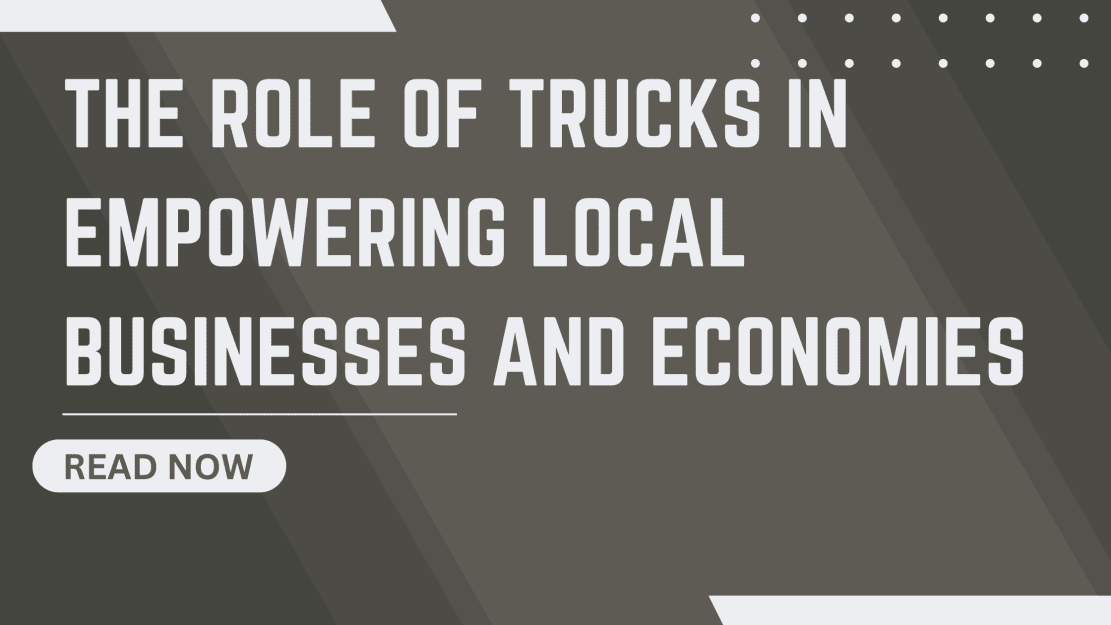Obvious Signs Your Current Structural Solution Could Benefit from Aluminum Framing

Every structure is built to serve a purpose, but not all materials are built to last. Over time, outdated framing solutions can cause unnecessary delays, higher costs, and frustrating limitations. If your current setup is showing signs of wear, inefficiency, or design constraints, it may be time to consider aluminum framing for a more durable and adaptable solution.
Persistent Alignment Issues Slowing Your Productivity
Misaligned structures can throw an entire operation off balance, creating inefficiencies that slow down productivity. When components don’t fit together precisely, machinery may shift, workstations become unstable, and production lines require frequent realignments. These constant disruptions can cost time and money while creating unnecessary frustration for teams that rely on a smooth workflow.
Aluminum framing eliminates many of these problems by providing a precision-engineered solution that maintains its shape and alignment over time. Unlike traditional materials that warp or degrade under pressure, aluminum holds its form with remarkable consistency. Whether supporting heavy equipment or creating modular workstations, its rigidity ensures that everything stays in place without ongoing maintenance. If alignment issues keep causing delays, switching to aluminum framing could restore the efficiency your project demands.
Outdated Structural Components Limiting Design Flexibility
Rigid, outdated framing materials can restrict creativity and limit expansion options. Traditional steel or wood structures often require time-consuming modifications to accommodate new layouts, making it difficult to adjust to evolving needs. Whether expanding a workspace, modifying an existing structure, or integrating new technology, a lack of flexibility can be a major obstacle.
Aluminum framing offers a level of adaptability that other materials can’t match. Its modular design allows for quick adjustments, making it easy to reconfigure layouts without costly overhauls. Need to add support beams or modify an enclosure? Aluminum profiles can be adjusted or expanded without compromising structural integrity. When adaptability is key, aluminum framing provides the flexibility to keep up with changing requirements.
Frequent Material Replacements Draining Project Budgets
Ongoing repairs and replacements can quietly eat away at a budget. Materials that rust, crack, or wear down require frequent attention, adding unexpected costs to every project. Wooden structures can suffer from moisture damage, while steel is prone to corrosion. Even minor material failures can lead to expensive fixes, especially in high-use environments.
Aluminum framing minimizes these expenses by offering superior durability and resistance to environmental damage. Its corrosion-resistant properties mean no rust, no warping, and no need for constant refinishing. This longevity translates to lower maintenance costs and fewer material replacements over time. When long-term savings matter, aluminum framing is a cost-effective investment that keeps budgets in check.
Difficult Assembly Processes Extending Your Project Deadlines
The complexity of assembling traditional structural materials can stretch project timelines beyond what was originally planned. Steel frameworks require welding and heavy machinery, while wood structures demand precise cutting and reinforcement. These processes often require specialized labor, adding both time and expense to construction.
With aluminum framing, assembly is significantly faster and more manageable. Its lightweight design makes it easier to handle, while pre-engineered components simplify the installation process. No welding, no complex cutting—just straightforward assembly that reduces downtime and keeps projects on schedule. Faster installation means fewer delays, allowing teams to stay productive without sacrificing quality.
Weight Restrictions Hindering Expansion Plans
Heavier structural materials can impose frustrating weight limits, making expansion or equipment upgrades difficult. When steel frames or reinforced wood structures push weight capacities to their limits, adding new elements becomes a logistical challenge. This issue is especially problematic in environments that require frequent adjustments, such as industrial workspaces or modular setups.
Aluminum framing offers a lightweight yet sturdy alternative. It provides the strength needed for structural integrity without excessive weight, making it easier to scale operations without exceeding weight limits. Whether extending a workspace or upgrading equipment, aluminum’s lightweight properties make expansion simpler and safer.
Surface Damage Affecting Your Facility’s Professional Image
A scratched, dented, or rusted frame can leave a negative impression on clients, partners, and employees. Structural materials that degrade over time not only impact functionality but also affect the overall appearance of a workspace. In industries where presentation matters, worn-out framing can reflect poorly on a business.
Aluminum framing resists surface damage far better than traditional materials. Its anodized finish prevents corrosion, maintains a clean look, and withstands daily wear. Whether used in office partitions, industrial settings, or showroom displays, aluminum remains visually appealing even after years of use. A polished, professional appearance enhances any facility, reinforcing quality and attention to detail.
Costly Modifications Required for Simple Structural Adjustments
When even minor changes require extensive labor and resources, structural modifications become a costly burden. Traditional framing systems often involve welding, cutting, and reinforcing just to accommodate small adjustments. These time-consuming processes can disrupt operations and inflate project expenses.
Aluminum framing simplifies modifications by offering a modular system that can be adjusted with minimal effort. Its compatibility with various connectors and accessories allows for quick reconfigurations without the need for specialized tools. Whether changing layouts, adding new sections, or integrating new components, aluminum provides a hassle-free way to make adjustments while keeping costs low.




